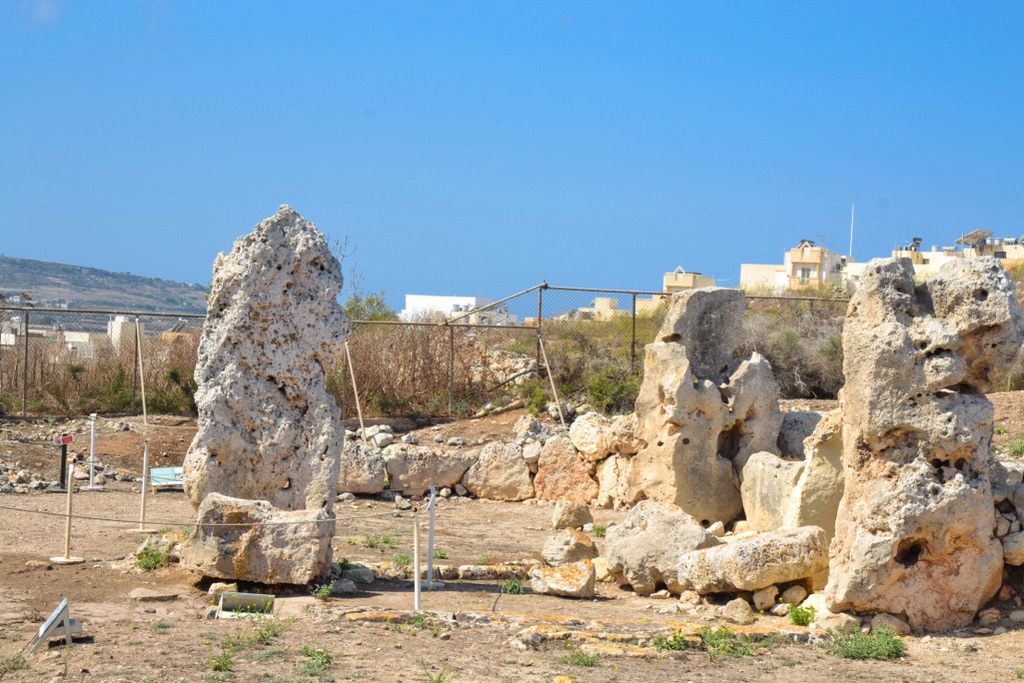The Archaeological Significance of Skorba Temples
The Skorba temples, located on the northern edge of Żebbiegħ in Malta, stand as a testament to the island’s rich Neolithic culture. Despite their less preserved state compared to other megalithic sites like Ħaġar Qim and Tarxien, the Skorba temples offer invaluable insights into the prehistoric era of Malta. Excavated in the early 1960s by David H. Trump, this site has filled significant gaps in our understanding of Maltese Neolithic society, thanks to the application of modern archaeological methods.
Get your dose of History via Email
Historical Context and Excavation
The area around Skorba was inhabited from the early Neolithic period, as evidenced by the remains found on the site. Initially overlooked by archaeologists, the Skorba mound was finally excavated between 1960 and 1963, revealing its historical treasures. The site consists of megalithic uprights, the foundational courses of the temples, and a three-apse temple floor made of torba, a cement-like material. This three-apse design is characteristic of the Ġgantija phase, indicating the architectural styles of the time.
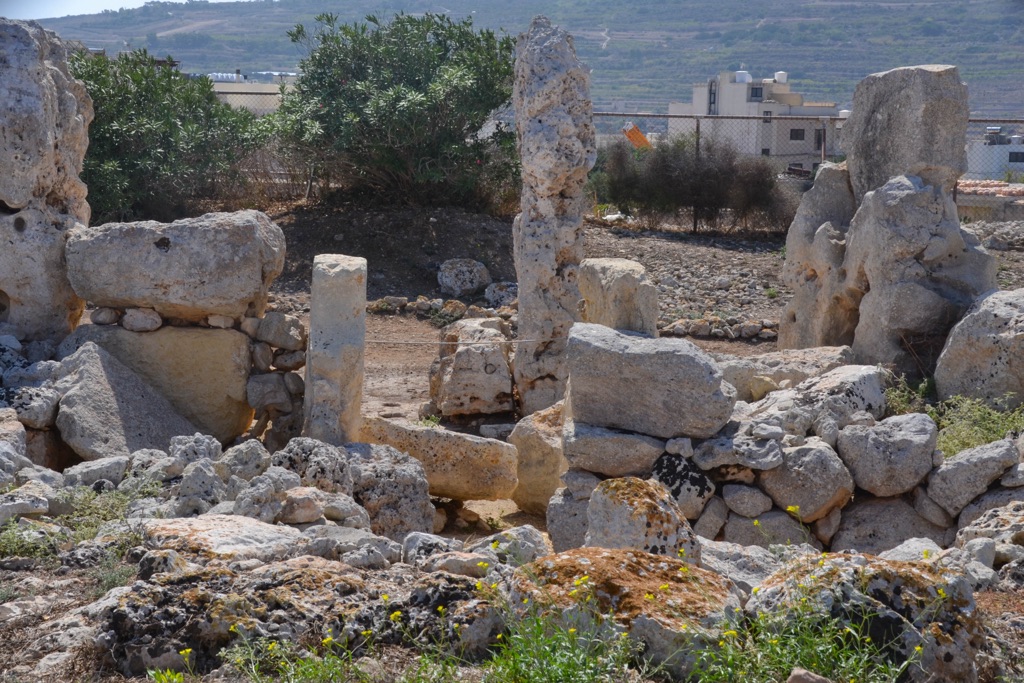
Discoveries at Skorba
One of the most significant findings at Skorba was the evidence of a village predating the temples by approximately twelve centuries. The oldest structure, an eleven-meter-long straight wall, contained charcoal deposits dating back to 4850 BC, belonging to the Għar Dalam phase. This discovery highlights the long-term habitation of the site and provides a timeline for human occupation in Malta.
The pottery unearthed at Skorba is categorized into two distinct phases: the Grey Skorba and the Red Skorba. The latter is distinguished by its red ocher coloring, offering insights into the artistic and utilitarian aspects of Neolithic Maltese society.
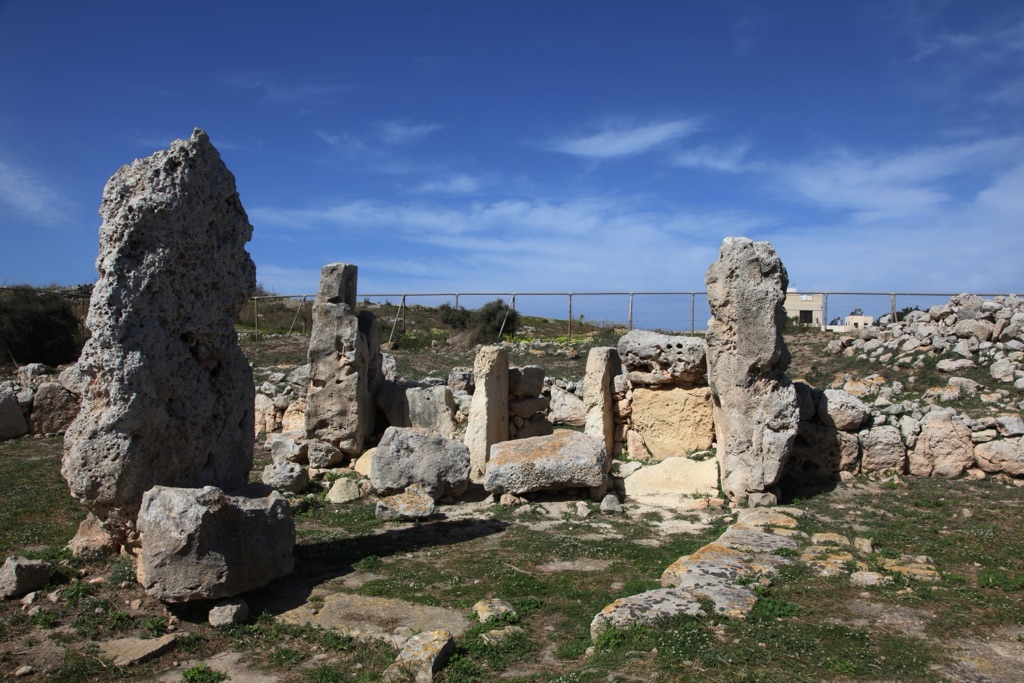
The Domestic Aspect
Skorba’s excavation shed light on the domestic life of its Neolithic inhabitants. The discovery of domestic huts, built of stone and mudbrick, alongside large quantities of pottery fragments and animal bones, paints a vivid picture of daily life during this period. These findings, coupled with fragments of stylized female figurines, suggest a complex societal structure with religious or cultural practices.
Megalithic Structures
The site contains two megalithic structures, one from the Ġgantija Phase and another from the later Tarxien Phase. These structures, despite their ruined state, provide crucial information on the architectural evolution and religious practices of prehistoric Malta.
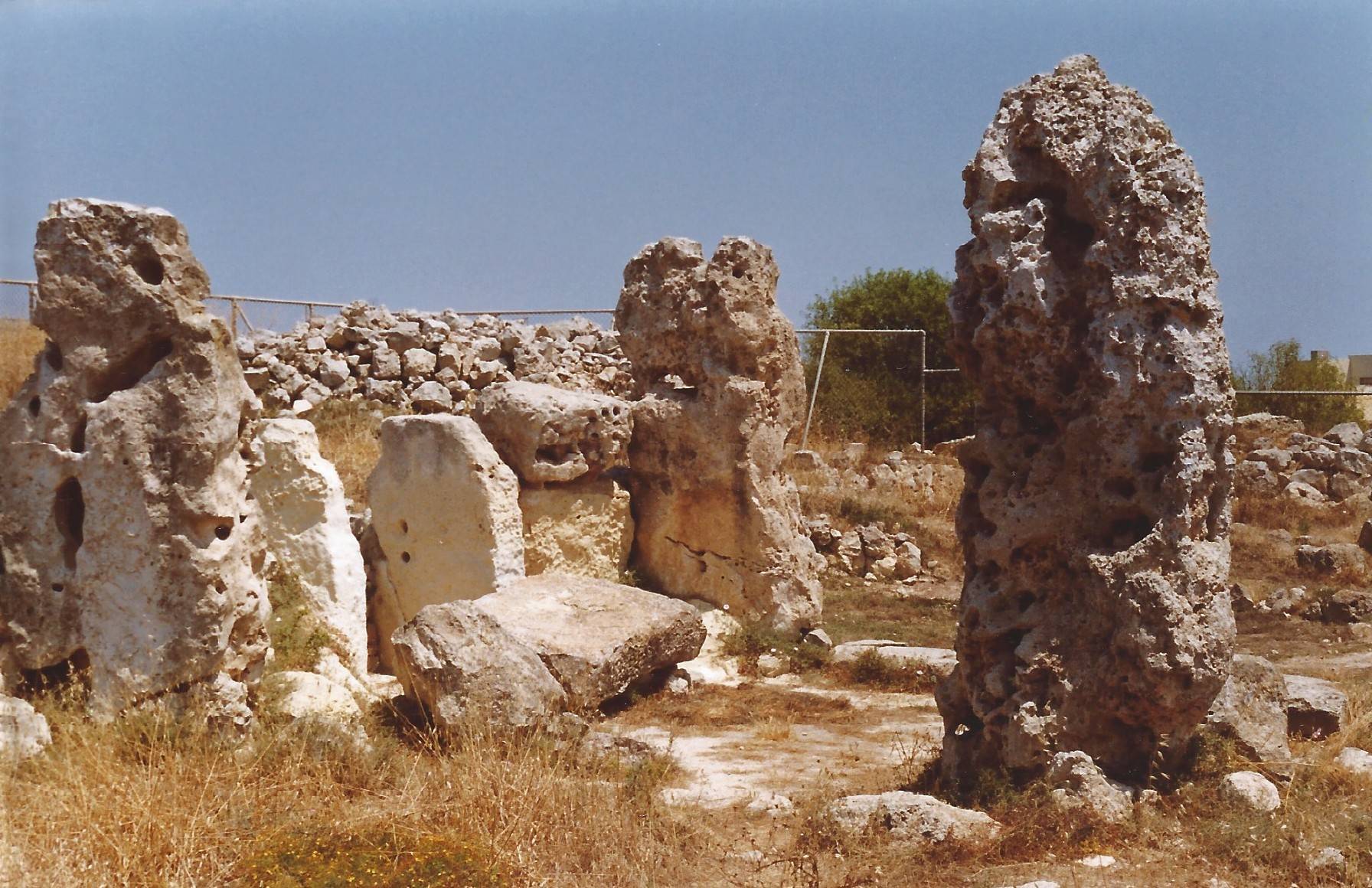
UNESCO World Heritage Site
Recognized for its historical and cultural significance, Skorba, along with six other megalithic temples in Malta, was designated a UNESCO World Heritage Site in 1992. This designation underscores the global importance of the site and ensures its preservation for future generations.
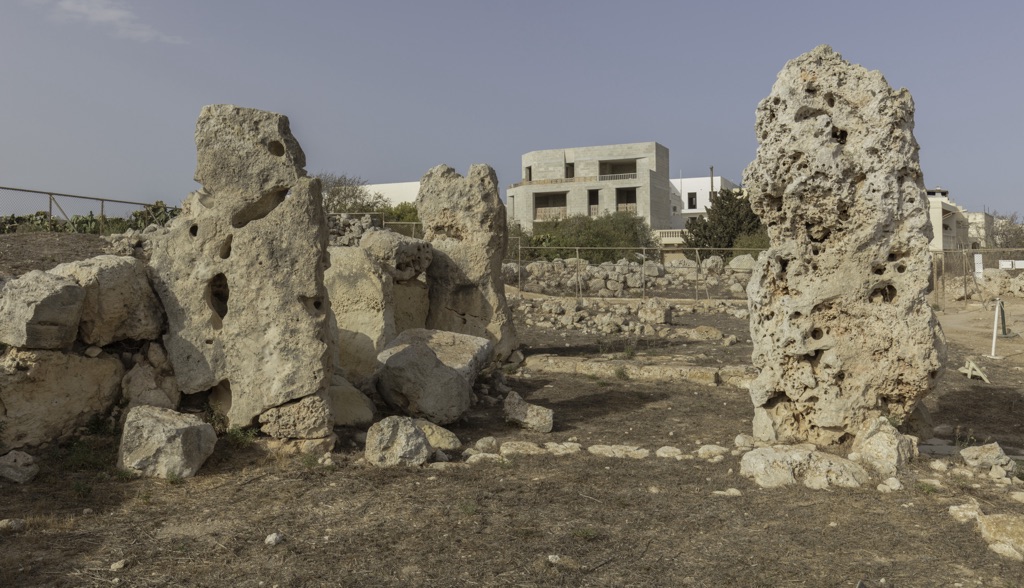
Conclusion
The Skorba temples offer a unique window into the Neolithic period of Malta, providing evidence of early human settlement, architectural practices, and daily life. Despite the damage and wear over millennia, the site remains a crucial piece of the puzzle in understanding the island’s prehistoric past. Through careful excavation and analysis, archaeologists have been able to glean significant insights from Skorba, contributing to our broader understanding of ancient civilizations in the Mediterranean.
Sources:

